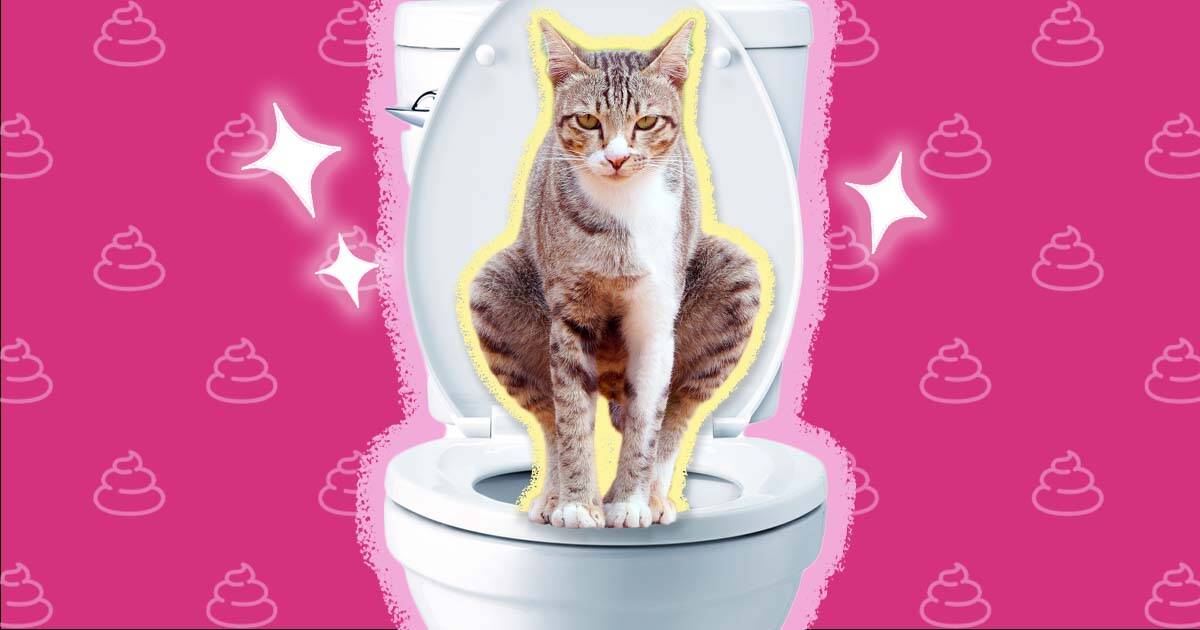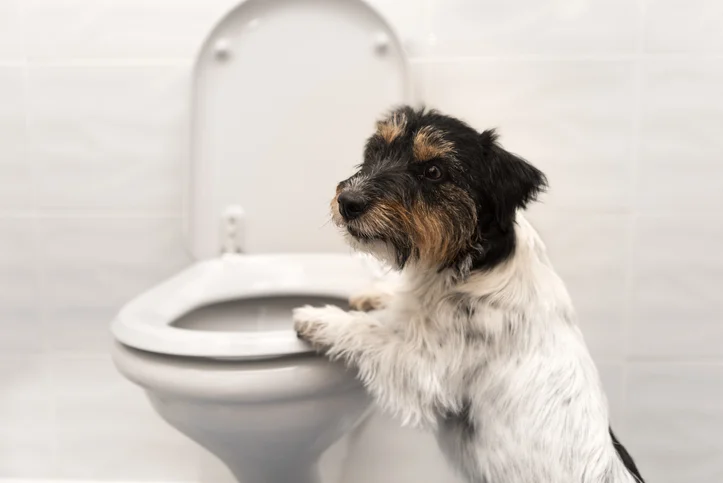My Dangers of Flushing Animal Waste Down the Toilet
My Dangers of Flushing Animal Waste Down the Toilet
Blog Article
What're your thoughts about 10 Things You Should Never Flush Down The Toilet?

When it comes to dealing with waste, specifically animal waste, many people typically consider the practical alternative of flushing it down the commode. However, this seemingly very easy remedy can have serious repercussions for the environment and public health. In this write-up, we'll discover why flushing animal waste down the bathroom is a bad idea and provide alternative techniques for correct disposal.
Introduction
Correct garbage disposal is critical for maintaining environmental sustainability and public health. While it may seem harmless to purge animal waste down the commode, it can cause different issues, both for the environment and human health.
Dangers of flushing pet waste
Ecological effect
Flushing pet waste introduces harmful microorganisms and microorganisms into rivers, which can negatively impact marine communities. These virus can pollute water sources and damage marine life, interfering with delicate ecosystems.
Public health concerns
Animal waste has damaging germs such as E. coli and Salmonella, which can posture significant health and wellness risks to humans. Flushing pet waste down the commode can infect water products, causing the spread of illness and infections.
Alternatives to flushing
Instead of purging animal waste down the toilet, there are numerous alternate disposal methods that are a lot more environmentally friendly and hygienic.
Composting
Composting pet waste is an environmentally friendly way to deal with it. By composting, organic matter is broken down right into nutrient-rich soil, which can be made use of to feed gardens and plants.
Land fill disposal
Throwing away pet waste in a land fill is one more alternative. While not click here as environmentally friendly as composting, it is a much safer alternative to flushing, as it avoids the contamination of water resources.
Animal garbage disposal systems
There are customized pet waste disposal systems available that safely and hygienically get rid of animal waste. These systems frequently make use of enzymes to break down waste and remove smells.
Steps to proper animal waste disposal
To guarantee proper disposal of pet waste, follow these actions:
Scooping and getting waste
On a regular basis scoop and bag animal waste using biodegradable bags. This stops waste from infecting the environment.
Using designated waste bins
Dispose of bagged pet waste in marked waste containers, such as compost containers or land fill containers. Stay clear of flushing it down the bathroom whatsoever expenses.
Cleaning can and family pet areas frequently
Frequently tidy can and animal areas to avoid the accumulation of waste and germs. Use pet-safe cleaning products to preserve health.
Advantages of appropriate disposal methods
Taking on appropriate disposal methods for pet waste provides numerous benefits:
Lowered environmental pollution
Proper disposal techniques decrease the danger of environmental pollution, shielding rivers and communities from contamination
Reduced threat of water contamination.
By preventing flushing pet waste down the commode, the threat of water contamination is significantly decreased, securing public health.
Improved hygiene and health
Appropriate disposal methods promote far better sanitation and health, creating a more secure setting for both humans and animals.
Final thought
Finally, purging pet waste down the commode is unsafe to the environment and public health. By adopting different disposal techniques and following correct waste management methods, we can minimize the unfavorable influence of pet waste and contribute to a cleaner, healthier world.
What To Do With Dog Poo – The Do's And Don'ts Of Disposing Of Faeces
Dog poo bins
Some councils provide dedicated dog waste bins in popular dog-walking areas that can take dog poo that has been bagged but you can legally dispose of dog waste in any public litter bin, as long as it is securely bagged. This also applies to your wheelie bin at home.
Do not flush
Water companies do not recommend flushing dog faeces down the toilet because certain parasites can survive the water processing treatment and are potentially harmful to humans. You should also never consider flushing dog poo that has been bagged down the toilet as the bags will not break down and instead create severe blockages in the sewage system.
In the woods
The Forestry Commission promotes a ‘stick and flick’ method for dealing with waste in the woods. This means finding a stick and using it to flick any poo from off the path so that it is out of the way of other walkers. You could also bury it as long as it is not in an area where there might be livestock.
Livestock
Parasites found in dog poo can be transmitted to livestock if they inadvertently eat infected faeces that has been left on grazing land. This could result in the death of sheep or abortion in cattle so you should always make sure you pick up your dog’s waste in fields where livestock could be present.

Frequently tidy can and animal areas to avoid the accumulation of waste and germs. Use pet-safe cleaning products to preserve health.
Advantages of appropriate disposal methods
Taking on appropriate disposal methods for pet waste provides numerous benefits:
Lowered environmental pollution
Proper disposal techniques decrease the danger of environmental pollution, shielding rivers and communities from contamination
Reduced threat of water contamination.
By preventing flushing pet waste down the commode, the threat of water contamination is significantly decreased, securing public health.
Improved hygiene and health
Appropriate disposal methods promote far better sanitation and health, creating a more secure setting for both humans and animals.
Final thought
Finally, purging pet waste down the commode is unsafe to the environment and public health. By adopting different disposal techniques and following correct waste management methods, we can minimize the unfavorable influence of pet waste and contribute to a cleaner, healthier world.
What To Do With Dog Poo – The Do's And Don'ts Of Disposing Of Faeces
Dog poo bins
Some councils provide dedicated dog waste bins in popular dog-walking areas that can take dog poo that has been bagged but you can legally dispose of dog waste in any public litter bin, as long as it is securely bagged. This also applies to your wheelie bin at home.
Do not flush
Water companies do not recommend flushing dog faeces down the toilet because certain parasites can survive the water processing treatment and are potentially harmful to humans. You should also never consider flushing dog poo that has been bagged down the toilet as the bags will not break down and instead create severe blockages in the sewage system.
In the woods
The Forestry Commission promotes a ‘stick and flick’ method for dealing with waste in the woods. This means finding a stick and using it to flick any poo from off the path so that it is out of the way of other walkers. You could also bury it as long as it is not in an area where there might be livestock.
Livestock
Parasites found in dog poo can be transmitted to livestock if they inadvertently eat infected faeces that has been left on grazing land. This could result in the death of sheep or abortion in cattle so you should always make sure you pick up your dog’s waste in fields where livestock could be present.

Hopefully you enjoyed reading our excerpt about Don't Flush Your Pets Poo Down The Loo, Vet Warns. Thanks a lot for taking the time to read our article post. Remember to take the time to share this entry if you enjoyed reading it. Thanks so much for going through it.
Book-Now Report this page